✓ Handpicked Luxury Stays in Budget on 🏡 booking.com
There are an array of landmarks in Europe
to see, with Moldova sharing quite a few of those!In the heart of Eastern Europe lies a hidden gem, a country with an abundance of splendor and history.
Moldova’s landmarks are like jewels that adorn the landscape, telling tales of ancient civilizations, artistic expression, and cultural identity.
From the grandiose arches of the Cricova Winery to the striking beauty of the Orheiul Vechi Monastery, every landmark in Moldova stands as a testament to the country’s rich past and captivating character.
1. Cricova Winery
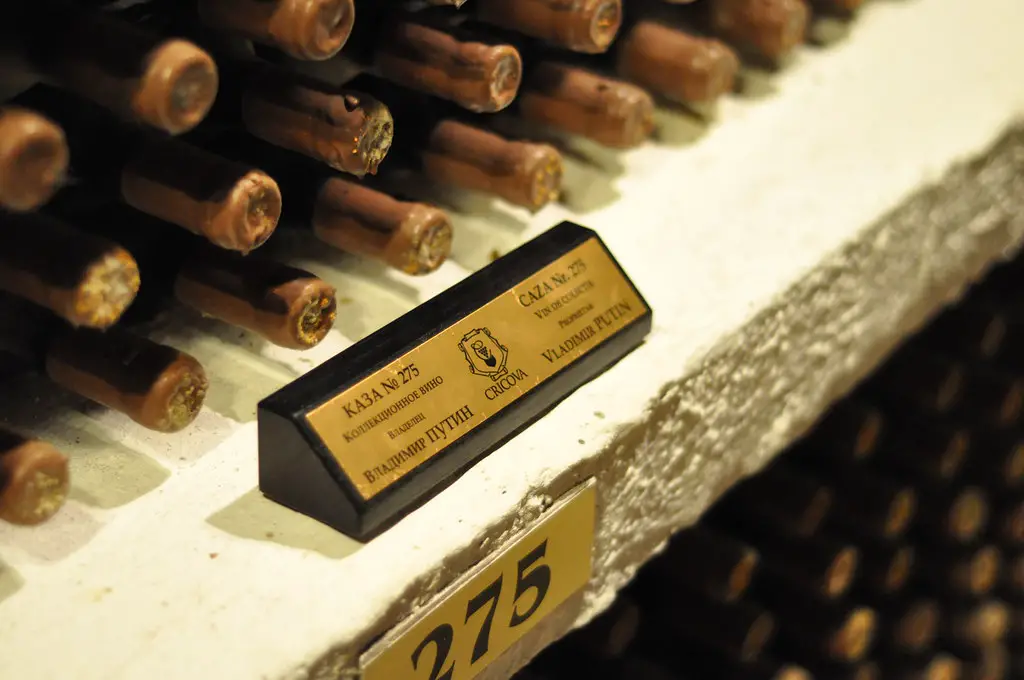
Cricova Winery is a remarkable underground winery and vineyard located in the town of Cricova, Moldova.
What to see or do: Explore the extensive network of underground tunnels and galleries that stretch over 120 km, with some tunnels dating back to the 15th century.
Take a guided tour of the winery and learn about the winemaking process.
Taste some of the best Moldovan wines, including sparkling wines, reds, and whites, and enjoy a bottle of your favorite vintage in an underground tasting room.
Don’t miss: The National Wine Collection, which boasts over 1.2 million bottles of wine, making it one of the largest wine collections in the world.
See the famous “Russian Room,” where former Russian President Vladimir Putin stored his wine collection during his visit to the winery.
Insider travel tips: Book your tour in advance, especially during peak season. Wear comfortable shoes, as the tour involves a lot of walking.
If you are traveling with a large group, consider hiring a private guide for a more personalized and in-depth experience. And don’t forget to bring back home some of the excellent wines as souvenirs.
2. Orheiul Vechi Complex
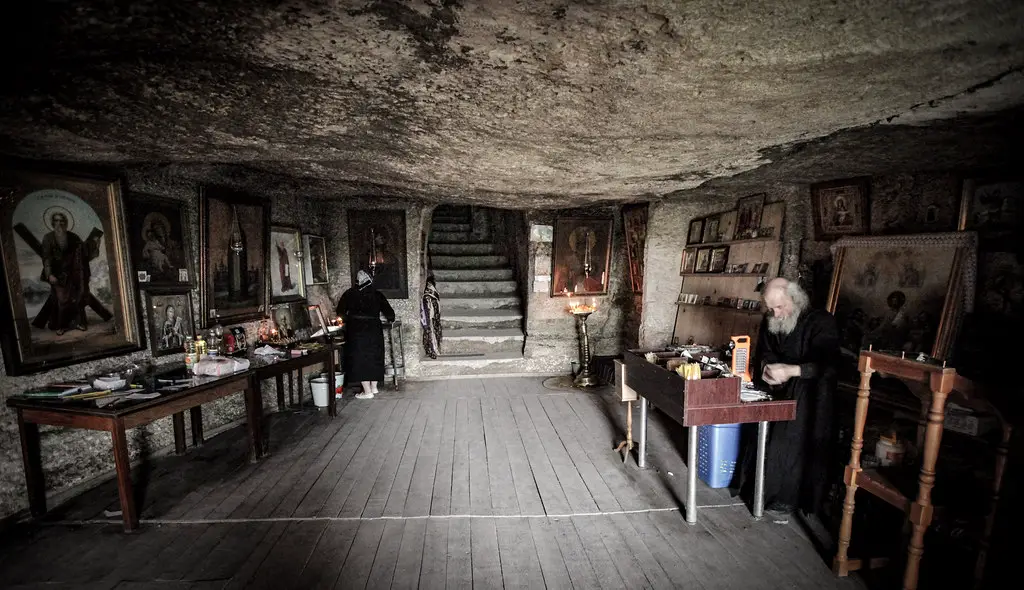
Orheiul Vechi Complex is an open-air museum located in Moldova that showcases the country’s rich cultural and historical heritage.
What to see or do: – Visit the Cave Monastery, a unique religious site carved directly into a limestone cliff.
Don’t miss: – Watching the sunset over the valley from the bell tower of the Cave Monastery.
Insider travel tips: – Wear comfortable shoes as there is a fair amount of walking involved.
3. Capriana Monastery
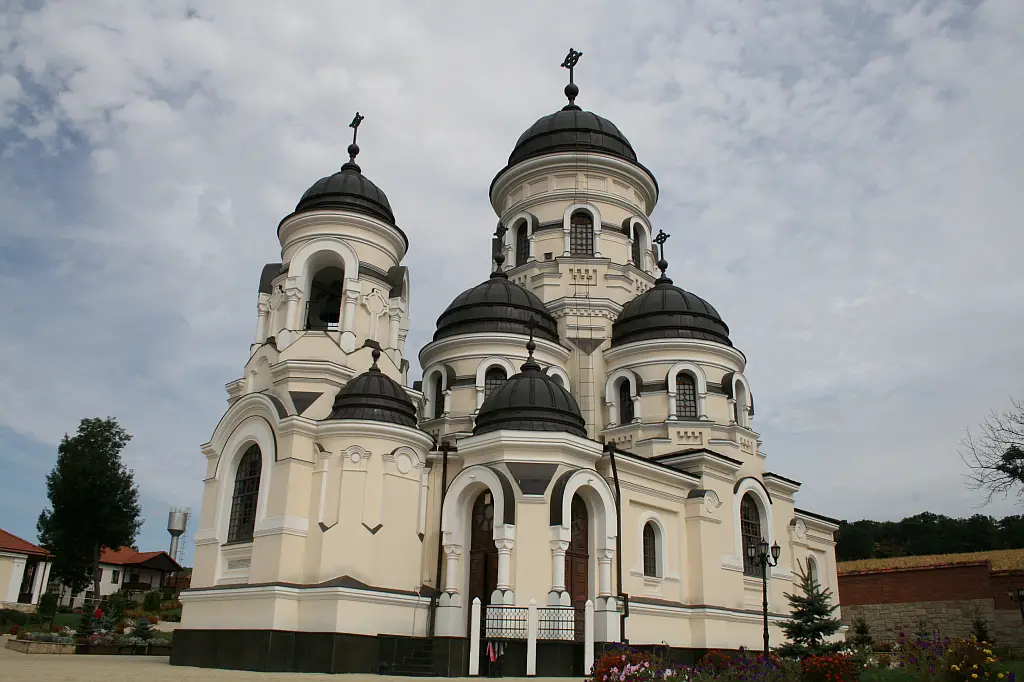
Capriana Monastery is a historic religious site located in the heart of Moldova.
What to see or do: Visitors to Capriana Monastery can marvel at the impressive architecture and explore the beautiful grounds. The monastery includes several buildings, including a main church and several auxiliary chapels.
The church is adorned with frescoes depicting scenes from the Bible and other religious figures. The grounds also include a museum where visitors can learn more about the history of the monastery.
Don’t miss: Don’t miss the opportunity to attend a service in the main church. The acoustics inside the church are amazing, and the chanting of the monks can be a truly spiritual experience.
Also, check out the nearby “Sfantul Teodor Tiron” Cave Monastery, which is carved into a cliff face and offers stunning views of the surrounding countryside.
Insider travel tips: – It’s best to visit the monastery during the week when it is quieter and less crowded.
4. Soroca Fortress
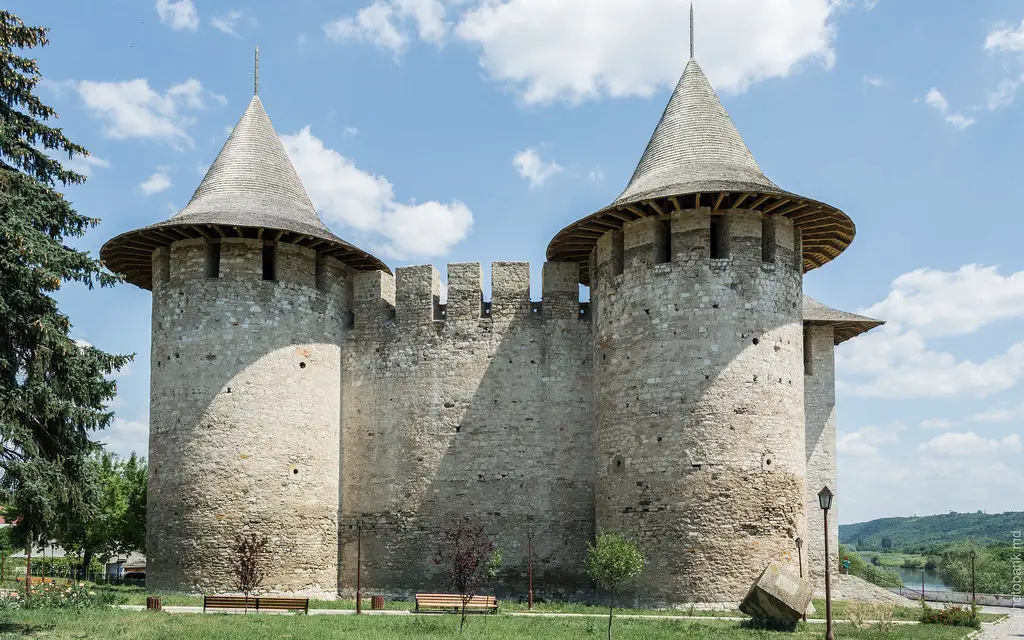
Soroca Fortress is a historic fortification located in the town of Soroca, Moldova.
What to see or do: Visitors can explore the medieval fortress, including its walls, towers, and gates. The fortress also hosts a museum that exhibits a collection of medieval weaponry and artifacts.
Don’t miss: Don’t miss the views from the top of the fortress walls, which provide stunning views of the surrounding scenery. Additionally, visitors can attend cultural events and festivals that are held within the fortress.
Insider travel tips: – Visit the fortress in the summer months to enjoy the warm weather and outdoor events.
5. Tipova Monastery

Tipova Monastery is a medieval rock monastery located in the Western part of Moldova, carved into the cliffs above the Dniester River.
What to see or do: Visitors can explore the various cave cells, the chapel, and the stunning views of the surrounding landscape. The monastery complex includes dozens of caves, a church, living quarters, and even a small cemetery.
Don’t miss: Don’t miss the underground chapel with its beautiful frescoes, and the 30-meter high “Tipova Holy Trinity” rock, a symbol of the monastery.
Insider travel tips: – Wear comfortable shoes as the terrain can be slippery and uneven.
6. National Archaeology and History Museum of Moldova
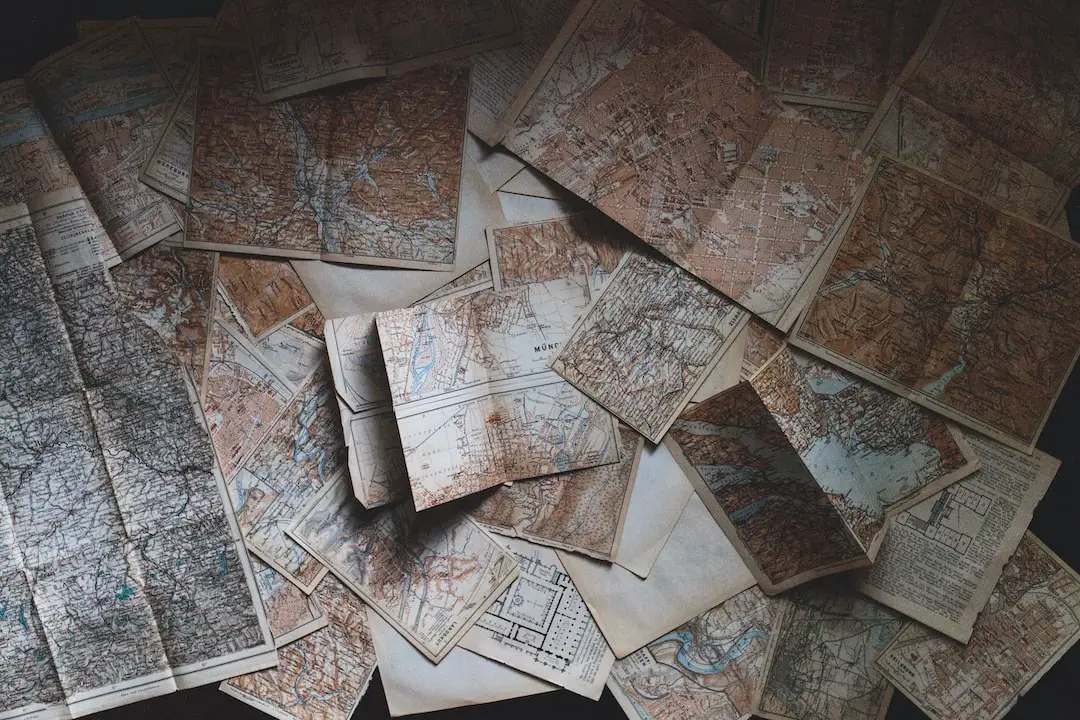
The National Archaeology and History Museum of Moldova is a museum located in the capital city of Chișinău that showcases artifacts and exhibits relating to the country’s history and archaeology.
What to see or do: The museum has a vast collection of archaeological artifacts, including tools and utensils from the Neolithic era, ancient jewelry, coins, and pottery.
There are also exhibits highlighting the history of the region from early times to modern day, including displays about Moldova’s participation in World War II.
Don’t miss: One of the must-sees at the museum is the famous Cucuteni-Trypillia pottery collection, dating back to the 5th-4th millennium BC. This ancient pottery is renowned for its intricate decorations and shapes.
Insider travel tips: – Plan for at least half a day to explore the museum fully.
7. National Museum of Ethnography and Natural History
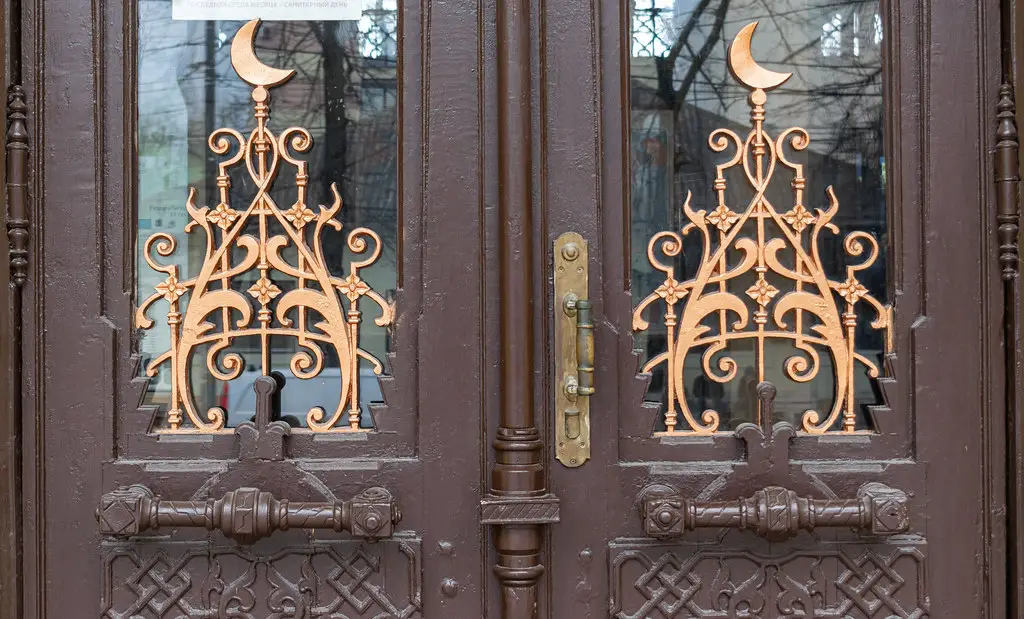
The National Museum of Ethnography and Natural History is a museum in Chisinau, Moldova which displays the country’s cultural and natural heritage.
What to see or do: Visitors can explore the extensive collection of exhibits, which include cultural artifacts, geological and mineral specimens, and taxidermy displays of Moldova’s native fauna.
The museum also houses a library and archives.
Don’t miss: Some of the highlights of the museum’s exhibits are the displays of traditional costumes and handicrafts from various regions of Moldova, as well as the collection of ancient artifacts from the local archaeological sites.
Insider travel tips: – The museum offers guided tours in multiple languages, so visitors are recommended to join one for a more complete experience.
8. National Museum of Fine Arts of Moldova
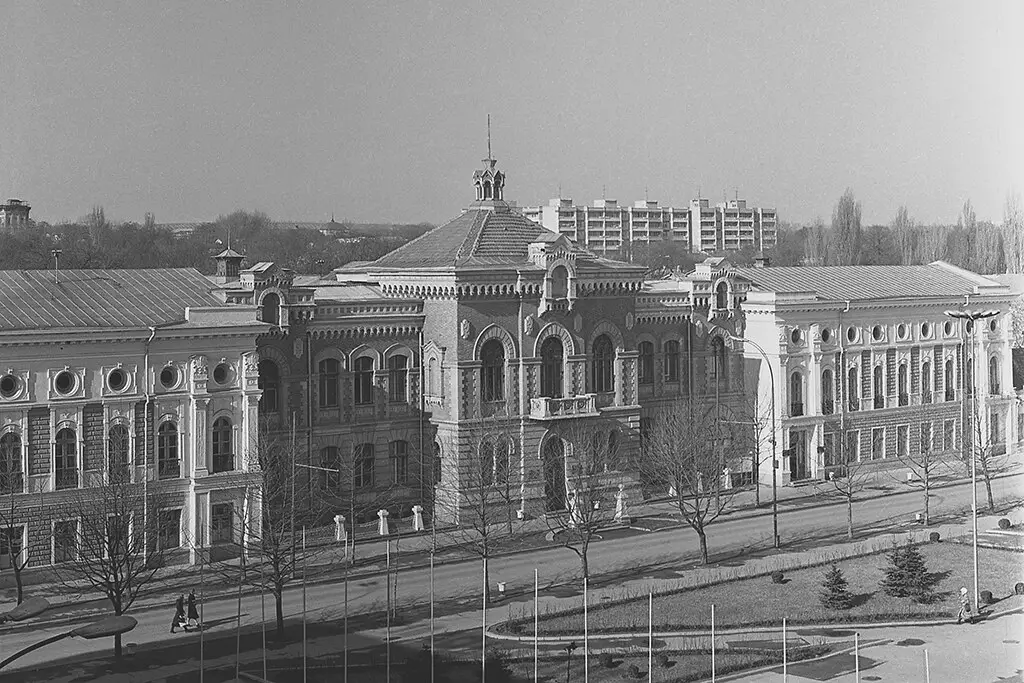
National Museum of Fine Arts of Moldova is a prominent cultural institution that showcases an impressive collection of artworks.
What to see or do: Visitors can explore the museum’s vast collection of Moldovan paintings, sculptures, graphics, decorative art, and contemporary art. The museum also hosts temporary exhibitions and cultural events.
Don’t miss: The museum’s highlights include works by famous Moldovan artists such as Arcadie Platon, Nicolae Grigorescu, and Alexandru Plămădeală. The sculpture garden outside the museum is also worth a visit.
Insider travel tips: The museum is closed on Mondays. Visitors should budget at least two hours to fully explore the collection.
Audio guides are available for a small fee and provide additional information about the artworks. Photography is not allowed inside the museum without prior permission.
9. The Metropolitan Cathedral “Nativity of the Lord”
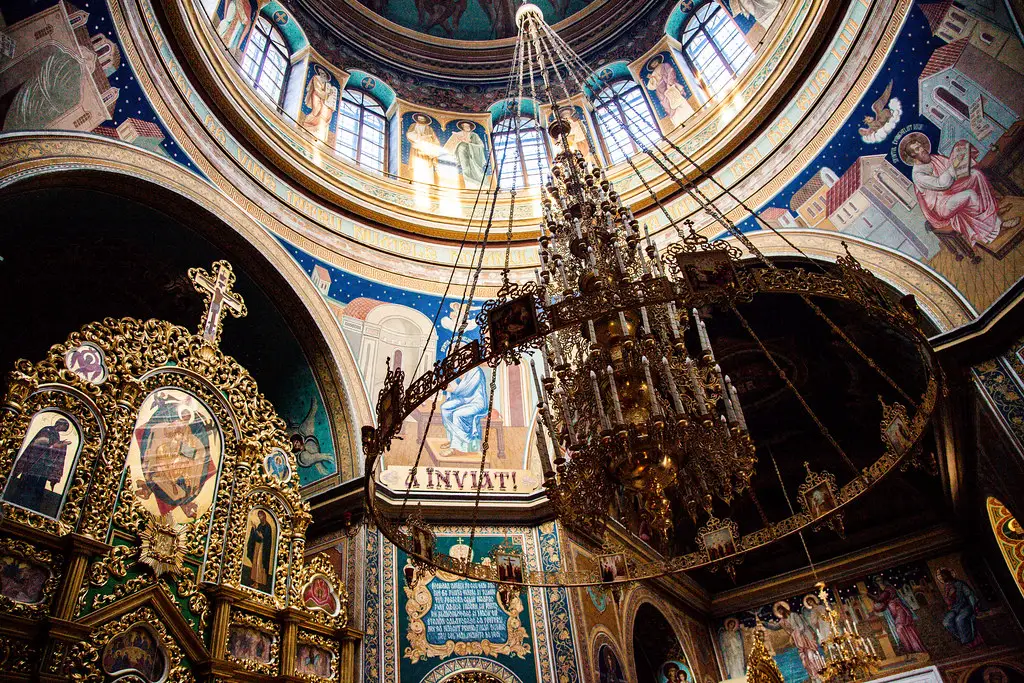
A stunning landmark and the largest cathedral in Latin America located in Mexico City.
What to see or do: Admire the awe-inspiring architecture featuring two bell towers, 107 meters in height. Marvel at the rich interior design with impressive art pieces, stained glass windows, and ornate sculptures.
Don’t miss: The grand altar featuring the largest bronze altar screen in the world, weighing more than 22 tons. Also, visit the crypt where the previous four archbishops are buried.
Insider travel tips: The best time to visit the cathedral is early in the morning or after 4 pm when the light creates beautiful reflections in the stained glass windows.
Dress appropriately as it is a religious place, and do not forget to bring a camera to capture the beauty of the cathedral.
10. The Triumphal Arch
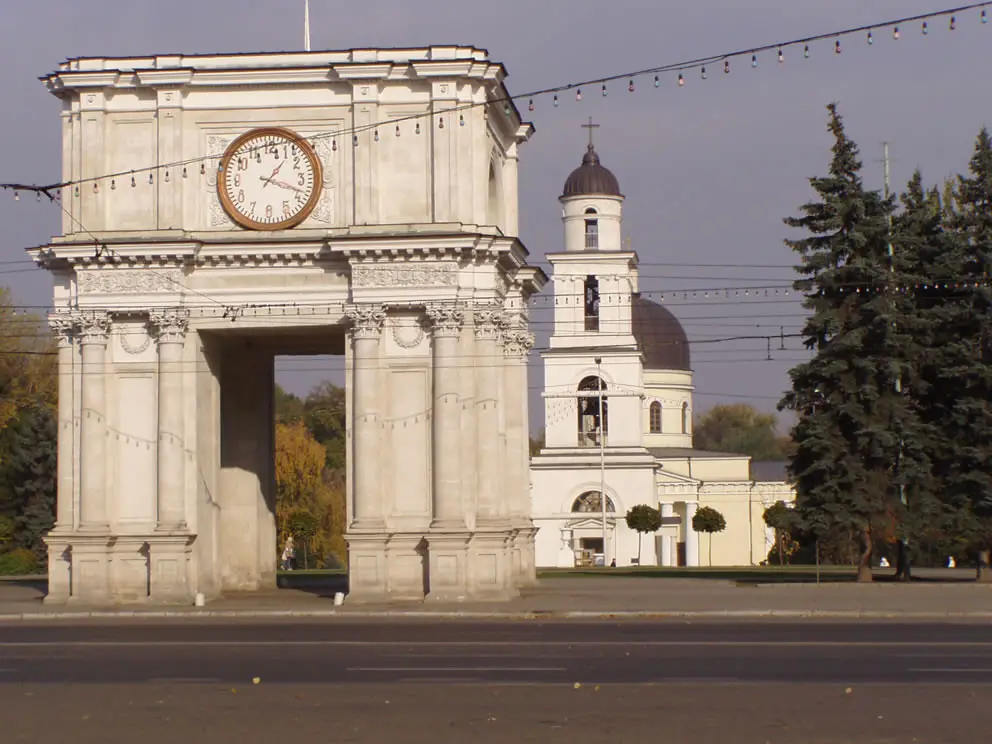
The Triumphal Arch is a monumental arch located in the center of Paris, France. It was built in the early 19th century to commemorate the victories of Napoleon Bonaparte.
What to see or do: Visitors can admire the stunning architecture and intricate details of the arch, which features ornate sculptures and reliefs depicting scenes from Napoleon’s military campaigns.
There is a museum inside the arch and visitors can climb to the top for a panoramic view of the city.
Don’t miss: Be sure to look out for the famous sculptures on the arch, including the Quadriga of Victory, which depicts the goddess of victory riding a chariot pulled by four horses.
The arch also features sculptures of Napoleon’s generals, his victories and the defeat of his enemies.
Insider travel tips: To make the most of your visit, arrive early to avoid the crowds and consider taking a guided tour to learn about the history and significance of the arch.
If you plan to climb to the top, be aware that there are around 280 steps, so comfortable shoes are recommended.
You can also visit the nearby Champs-Élysées, one of the most famous streets in Paris, and enjoy the numerous cafes, shops and theaters in the area.
11. Holy Gates at the Hancu Monastery

The Holy Gates at the Hancu Monastery is a beautiful and historic entrance gate made of wood and decorated with intricate carvings and religious symbols.
What to see or do: Visitors can admire the craftsmanship of the intricate carvings and details on the Holy Gates.
The gates mark the entrance to the Hancu Monastery, which is still in use and welcomes visitors to explore the grounds.
Don’t miss: Don’t miss the opportunity to take photos of the Holy Gates, which are a stunning example of traditional Transylvanian wood craftsmanship.
Visitors should also take time to explore the peaceful grounds of the monastery and its beautiful church.
Insider travel tips: It’s recommended to visit the Hancu Monastery and Holy Gates with a guide who can explain the history and significance of the site.
Additionally, visitors should dress modestly and be respectful of the religious site. Remember to take your time and take in the peaceful atmosphere of the monastery.
12. The Stephen the Great Monument
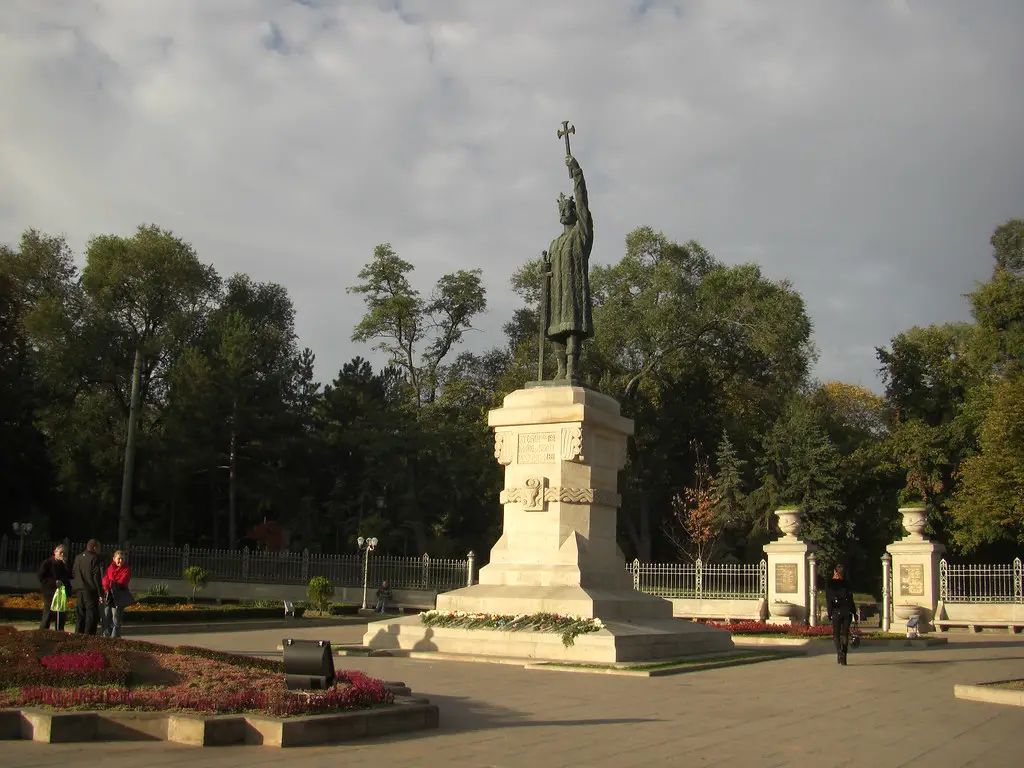
The Stephen the Great Monument is a statue dedicated to the most revered ruler of Moldova, who defended the country against foreign invaders.
What to see or do: As you approach the monument, you can admire the impressive 10-meter bronze statue of Stephen atop a 25-meter granite pedestal. The statue features the ruler holding a sword and a cross, symbolizing his military and religious achievements.
Visitors can also appreciate the stunning panoramic views of the city from the base of the statue.
Don’t miss: The surroundings of the monument are also noteworthy, featuring beautiful flower gardens and a fountain. The entire park is meticulously maintained and an enjoyable place to relax and take pictures.
Insider travel tips: Make sure to visit the Stephen the Great Monument during the day, as the park is not well-lit at night. Another tip would be to bring water and snacks with you, as there are no nearby shops or cafes.
13. Pushkin Museum
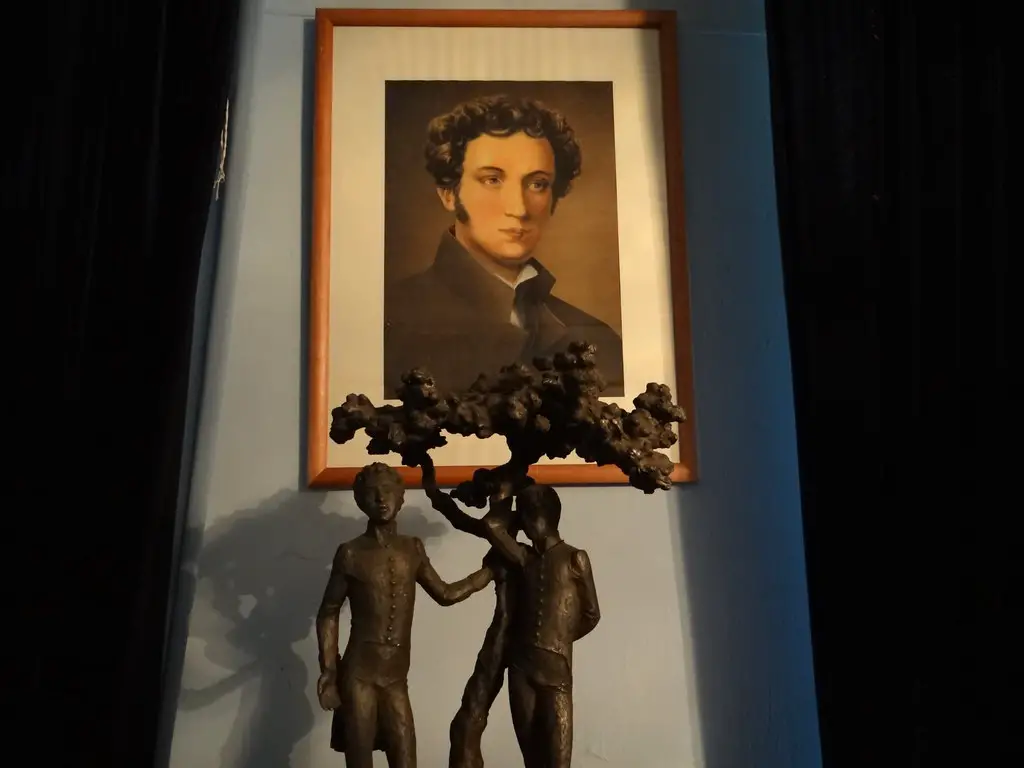
The Pushkin Museum is a world-renowned fine arts museum in Moscow, dedicated to preserving and exhibiting an extensive collection of European art from ancient times to the modern day.
What to see or do: Visitors can explore an impressive collection of paintings, sculptures, and decorative art objects, from Italian Renaissance masterpieces and French impressionist works to ancient Greek vases and Egyptian mummies.
Don’t miss: Be sure to check out Rembrandt’s “Danae,” Botticelli’s “Madonna and Child,” and Van Gogh’s “Portrait of Armand Roulin.” The museum also features temporary exhibits and special events throughout the year.
Insider travel tips: – The museum can get quite crowded during peak times, so consider visiting early in the day or purchasing tickets in advance.
14. Chisinau Water Tower

The Chisinau Water Tower is a historic structure in the center of Chisinau, Moldova.
What to see or do: Visitors can enjoy the stunning view of the city from the top of the tower. Inside, there is a small museum dedicated to the history of the water supply system in Chisinau.
Don’t miss: Don’t miss the opportunity to take pictures of the beautiful architecture of the tower from the outside.
Insider travel tips: Visit the tower in the evening to see it illuminated and to enjoy the stunning view of the city by night.
Be prepared to climb steep stairs to get to the top, but the view is worth the effort.
15. The Nativity of the Virgin Mary Church

A Greek Orthodox Church located in the heart of Mykonos Town.
What to see or do: Admire the beautiful architecture and stunning religious artwork inside the church. Light a candle and say a prayer for loved ones.
Don’t miss: The church is particularly beautiful at night when it is lit up and reflects off the nearby sea.
Insider travel tips: Respect the religious significance of the church and dress modestly. Women should cover their shoulders and wear longer skirts, while men should avoid shorts and sleeveless shirts.
16. The Armenian Church

The Armenian Church is a religious institution that follows the Armenian Apostolic Church tradition. It is one of the oldest Christian churches in the world, dating back to the 1st century.
What to see or do: Visitors can attend religious services, admire the stunning architecture of the church, and view intricate artwork and religious artifacts.
Don’t miss: The opportunity to listen to beautiful Armenian chants during a religious service, and the chance to learn about the history and traditions of the church.
Insider travel tips: – Visitors should dress modestly when attending a religious service.
17. The Transfiguration Cathedral
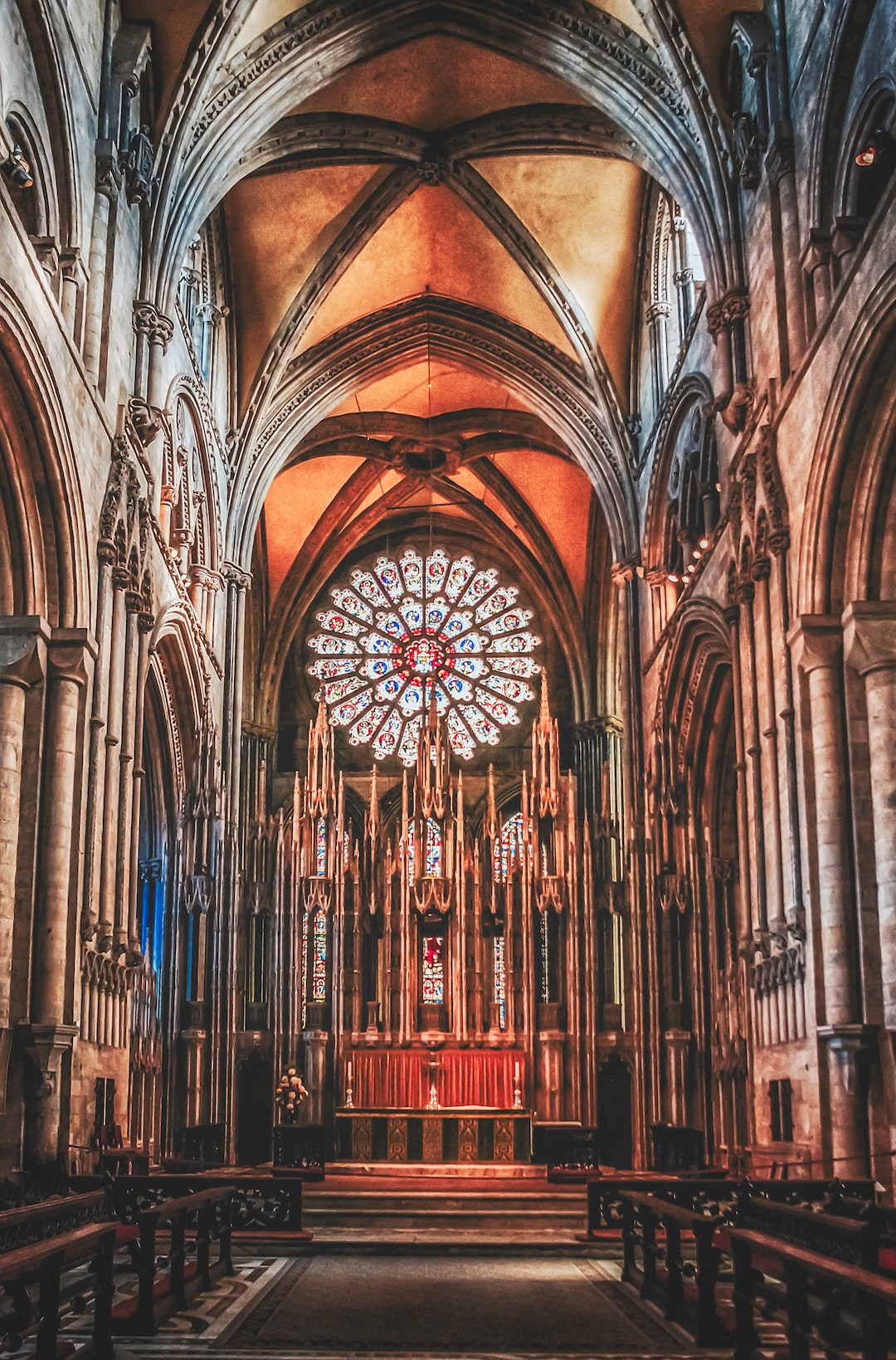
The Transfiguration Cathedral is a Russian Orthodox church located in St. Petersburg, Russia.
The cathedral was built in the 18th century, and it is one of the few remaining examples of Baroque architecture in the city.
What to see or do: The cathedral features a stunning exterior with intricate white and blue designs and columns, and it has an equally impressive interior.
Visitors can see beautiful frescoes, ornate carvings, and a magnificent iconostasis. Additionally, the cathedral has a bell tower with an observation deck that provides breathtaking views of St.
Petersburg.
Don’t miss: Make sure to take a close look at the elaborate iconostasis, which is a towering wall of religious icons and religious art that separates the altar area from the rest of the cathedral.
Insider travel tips: To avoid the crowds, try to visit the Transfiguration Cathedral early in the morning or late in the afternoon.
Also, keep in mind that the cathedral is an active place of worship, so be respectful of those who are there to pray or attend services.
18. Petrikirche Church
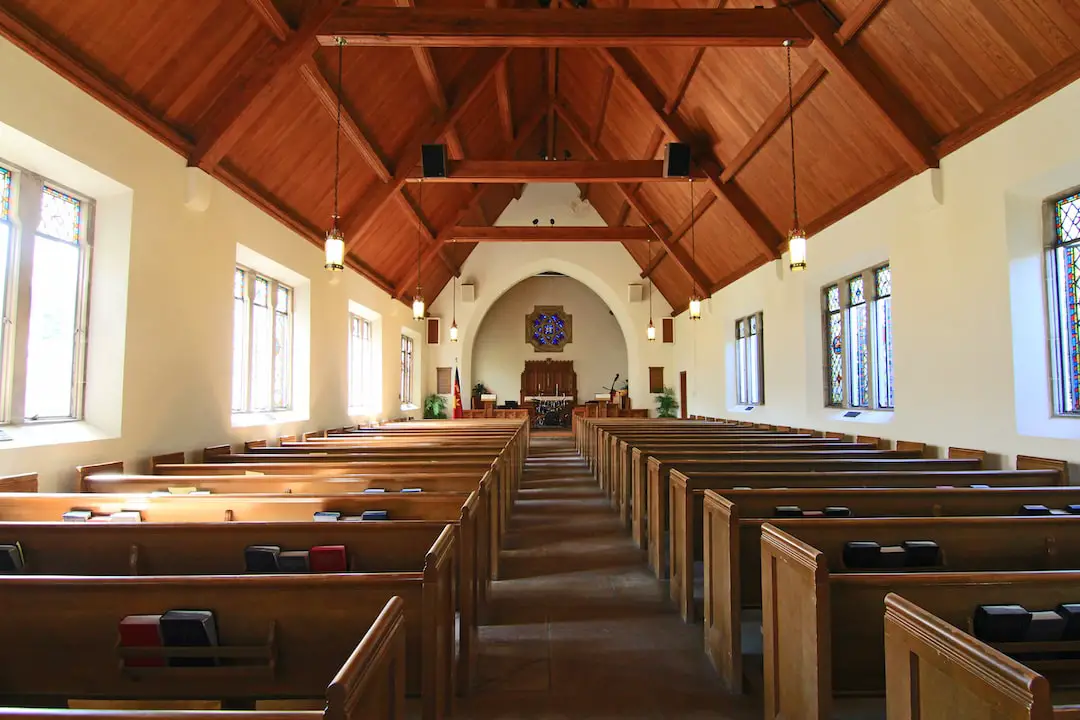
Petrikirche Church is a historic Lutheran church located in the heart of the city of Rostock, Germany.
What to see or do: Visitors can take a tour of the stunning church interior, which features breathtaking Gothic architecture, impressive stained-glass windows, and a beautiful altar.
You can also climb up the tower to get a panoramic view of the city.
Don’t miss: The astronomical clock, which dates back to the 1470s, is a must-see. This elaborate clock features intricate carvings and moving figures that depict scenes from the Bible and the zodiac.
Insider travel tips: If you’re planning to climb the tower, be aware that it’s quite a workout – there are more than 200 steps to reach the top.
Also, keep in mind that services are still held here, so be respectful of any ongoing religious activities. Finally, the church is free to enter, but donations are appreciated to help with its upkeep.
19. The Țapu Cross

The Țapu Cross is a historical monument that is located in Bihor County, Romania.
What to see or do: The cross is made of stone and stands at over 3 meters tall. It is decorated with intricate carvings and inscriptions, and features a depiction of Jesus Christ on the crucifix.
Visitors can admire the detailed craftsmanship of the monument and take in its historical significance.
Don’t miss: Don’t miss the chance to learn about the cross’s history and the role it played in the region.
It is believed to date back to the 13th century and served as a meeting place for local leaders and merchants.
Insider travel tips: Be sure to wear comfortable shoes, as the cross is located on a hill and requires a bit of a climb to reach.
It is also recommended to visit during the daytime as there is limited lighting in the area at night. Finally, make time to explore the surrounding countryside and nearby villages for a glimpse into traditional Romanian culture.
20. The Clock Tower
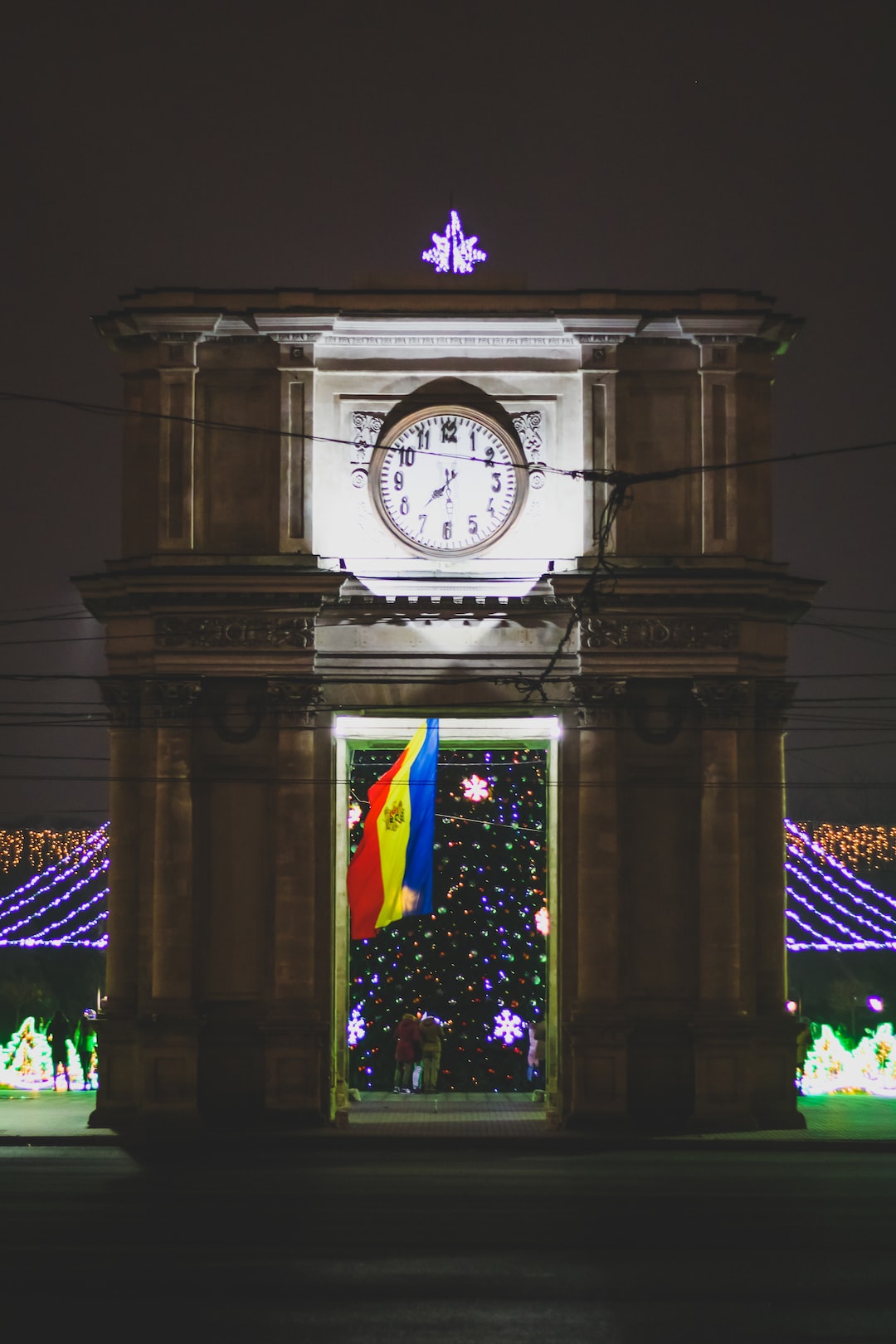
A historic clock tower located in the heart of a city or town.
What to see or do: Visitors can marvel at the intricate design and architecture of the clock tower while observing it from outside or taking a tour inside.
They can also learn about the tower’s history and preservation efforts through various exhibits and displays.
Don’t miss: Witnessing the striking of the clock on the hour, which often comes with its unique melody or chimes that can only be heard from the tower itself.
Insider travel tips: Be sure to check the tower’s visiting hours as they can vary from season to season. It’s also a good idea to bring a camera, as the views from the top are often breathtaking.
Finally, don’t forget to get a souvenir or gift from one of the nearby shops to commemorate your visit!
21. The Statue of Stefan cel Mare si Sfant
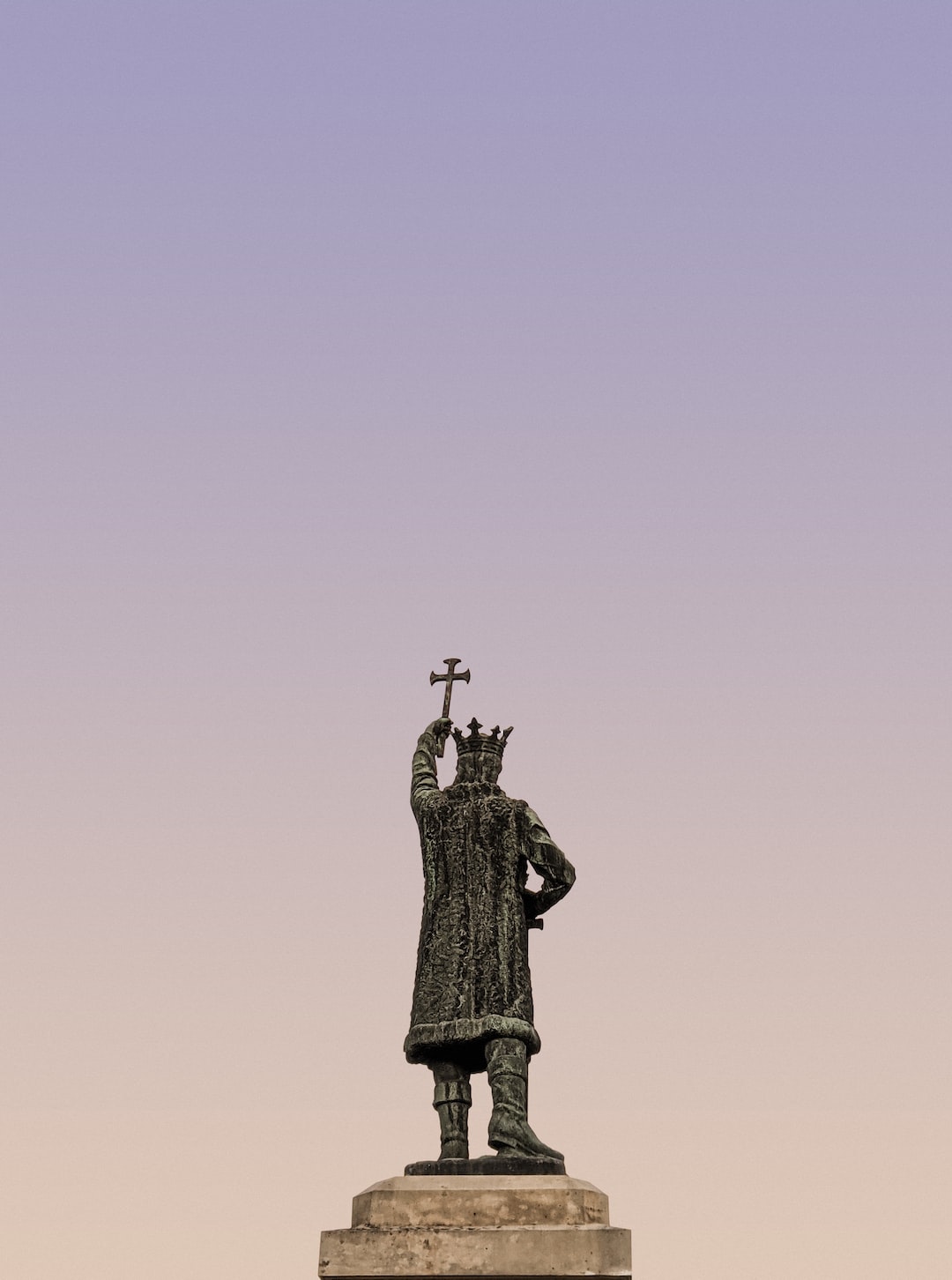
The Statue of Stefan cel Mare si Sfant is a statue dedicated to Moldova’s greatest national hero, Stefan cel Mare.
What to see or do: Visitors can take photos of the towering statue and appreciate its intricate details, such as Stefan’s sword, shield, and armor.
Don’t miss: While at the statue, visitors can also enjoy the scenic views of the surrounding park and nearby Cathedral Park.
Insider travel tips: To learn more about Stefan cel Mare and his legacy, consider visiting nearby historical sites such as the National Museum of History of Moldova and the medieval fortress of Soroca.
22. The Memorial Complex of former political prisoners “Paparuda”

The Memorial Complex of former political prisoners “Paparuda” is a museum and memorial site located in the town of Targu Jiu, Romania.
What to see or do: Visitors can explore the former prison cells and learn about the hardships endured by political prisoners during the communist era in Romania.
The museum features exhibits and artifacts that highlight the importance of freedom and human rights.
Don’t miss: One of the most impressive displays at the museum is a replica of a prison cell, complete with a wooden bed and blankets made of burlap.
The exhibit offers a glimpse into the cramped and uncomfortable conditions endured by prisoners.
Insider travel tips: Visitors should plan to spend at least an hour exploring the museum and memorial site. Guided tours are available for those who want to learn more about the history and significance of the complex.
23. Teiul lui Eminescu

Teiul lui Eminescu (Eminescu’s Linden Tree) is a famous tree located in the central square of the city of Iași in Romania.
What to see or do: Visitors can see the tree, which has a plaque that reads “This Linden tree was planted in 1844 and became famous due to the poet Mihai Eminescu who liked to sit under its shade.
Don’t miss: Don’t miss the opportunity to take a picture with the legendary tree and feel its history and cultural significance.
Insider travel tips: – As the tree is located in the middle of the city, it is easy to reach by foot or public transportation.
24. The statue of Decebalus and the Trajan’s Road
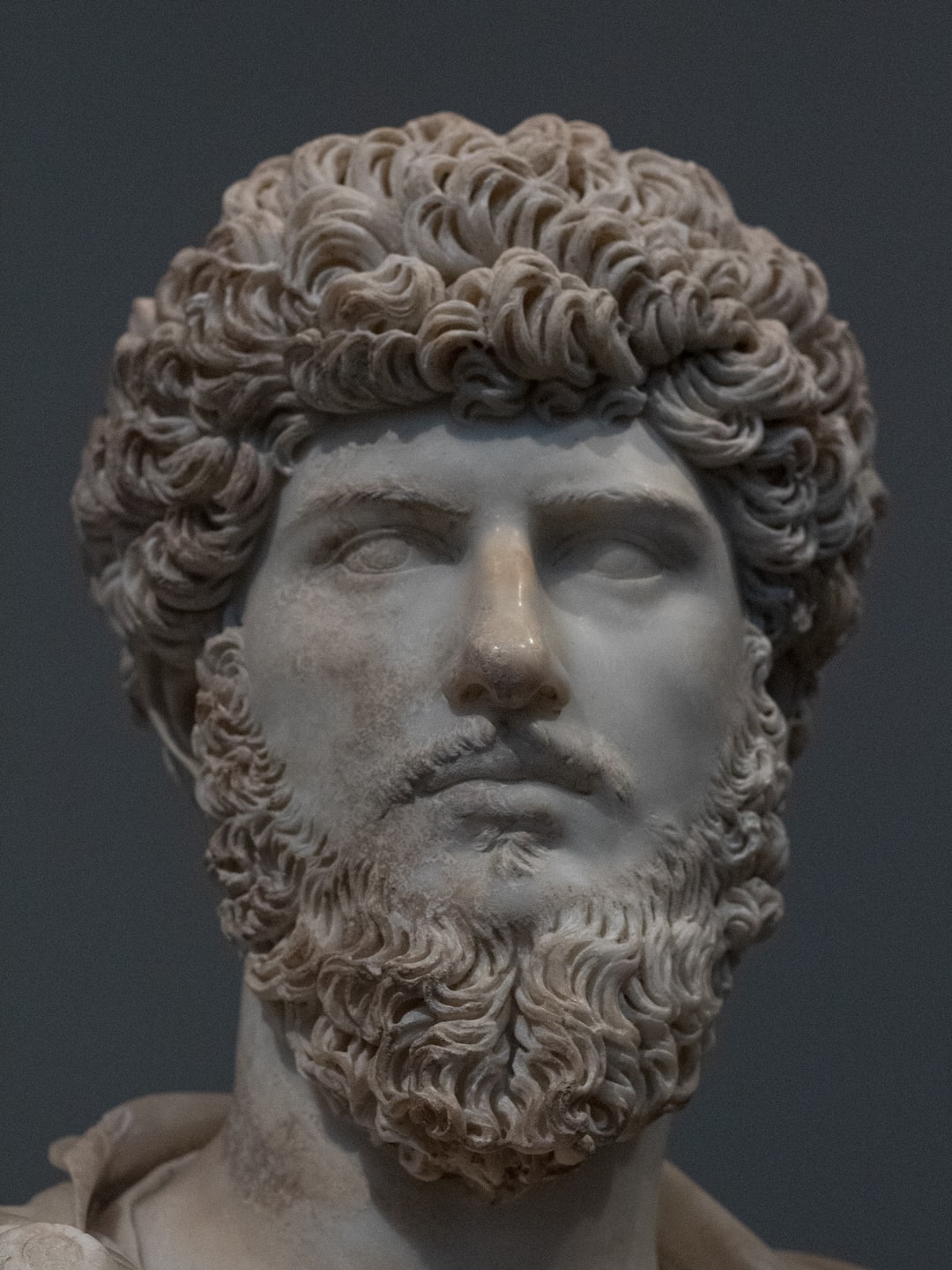
The statue of Decebalus is a giant sculpture carved into a sheer rock face in Romania, representing the last king of Dacia.
Trajan’s Road is an ancient road built by the Romans in the 2nd century AD, also located in Romania.
What to see or do: Admire the impressive statue of Decebalus, which stands at 40 meters tall and 25 meters wide. Take a stroll along Trajan’s Road and explore the ancient ruins and landmarks along the way.
Don’t miss: The intricate details of the statue, which depicts the king with a flowing mane and beard, surrounded by the figures of his 11 warriors.
The fascinating history and engineering behind Trajan’s Road, which stretches for over 100 km, includes a monumental stone bridge and a water supply system.
Insider travel tips: Visit during the summer months to fully immerse yourself in the beauty of the surrounding landscape. Wear good walking shoes and take plenty of water if you plan to walk along Trajan’s Road.
Don’t forget to bring your camera to capture the stunning views.
25. Butucul lui Genghis-Han (The Genghis-Khan’s tree)
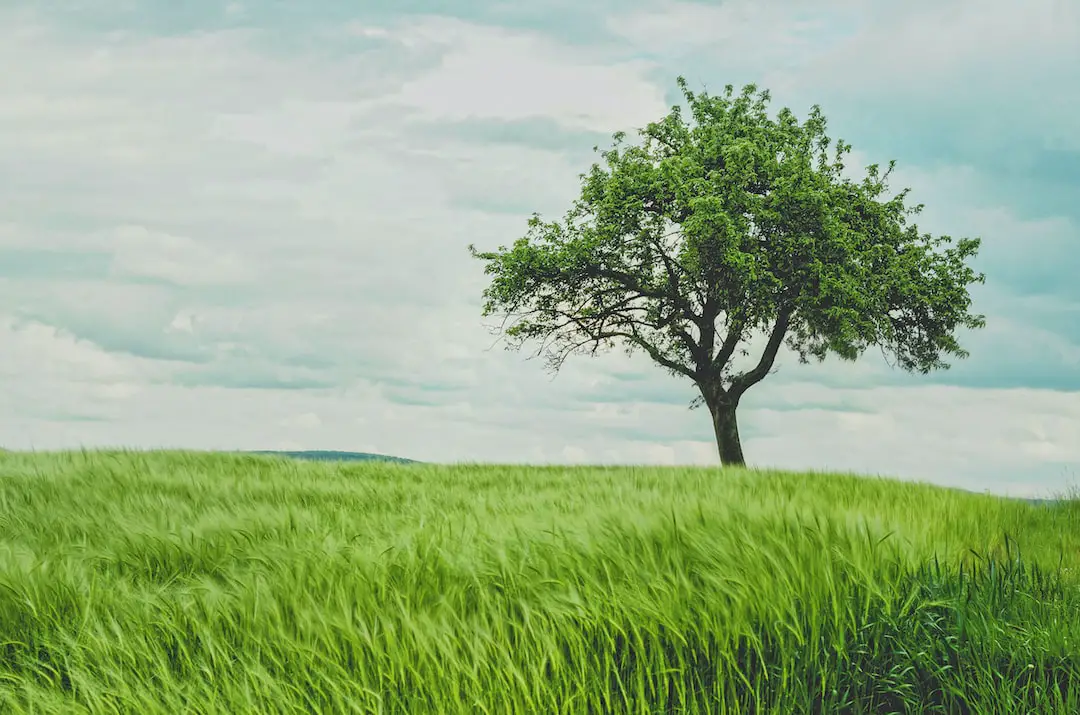
The Genghis-Khan’s tree, also known as Butucul lui Genghis-Han in Romanian, is a centuries-old oak tree located in the Dumbrava Roșie forest near the city of Suceava, Romania.
What to see or do: Visitors can admire the massive trunk of the oak tree which has a circumference of 10.5 meters and is estimated to be around 700 years old.
The tree is named after the famous Mongol leader, Genghis Khan, as legend has it that he once held a military council under its branches.
Don’t miss: Apart from the tree itself, visitors can take a stroll around the beautiful Dumbrava Roșie forest and explore the various hiking trails located in the area.
Insider travel tips: – The best time to visit the tree is during the autumn season when the leaves have turned vibrant shades of red, orange, and yellow, creating a breathtakingly beautiful scenery.
26. The Chisinau City Hall
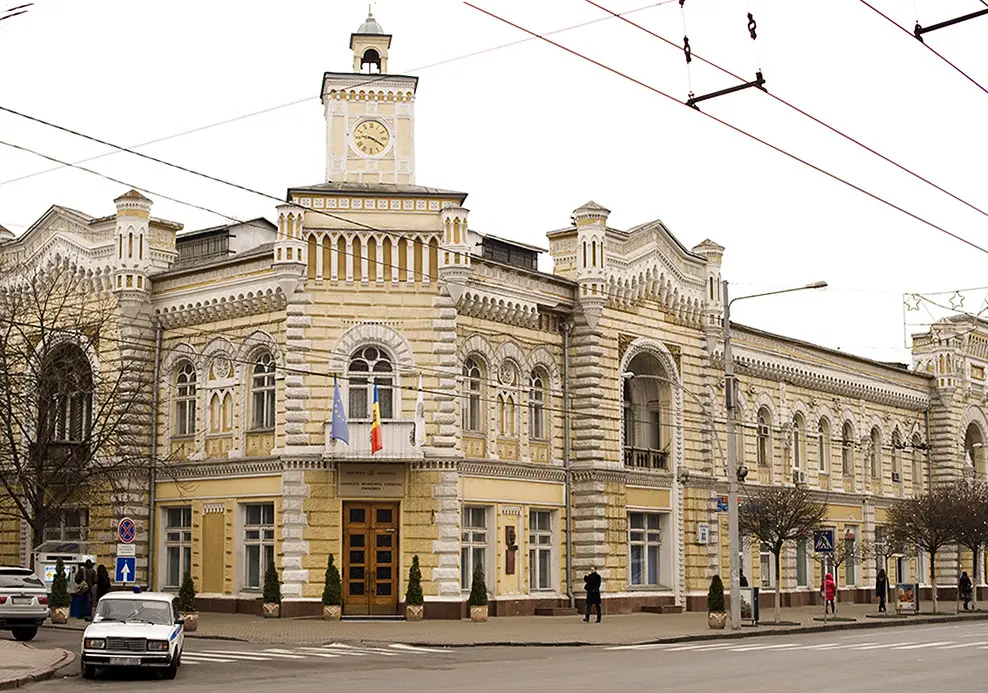
The Chisinau City Hall is the administrative center of the city of Chisinau, the capital of Moldova.
What to see or do: Visitors can explore the architecture of the building, which was constructed in the early 20th century and features a mix of Baroque and Neoclassical styles.
The building also houses the city’s council chamber, mayor’s office, and various administrative departments.
Don’t miss: The stunning stained glass windows that adorn the building’s interior, as well as the ornate chandeliers and impressive staircase.
Insider travel tips: Visitors can take a guided tour of the City Hall, which offers a unique glimpse into the workings of local government.
It’s also worth checking out the nearby Stefan cel Mare Central Park, which features beautiful gardens and a lake.
27. The House of the Press
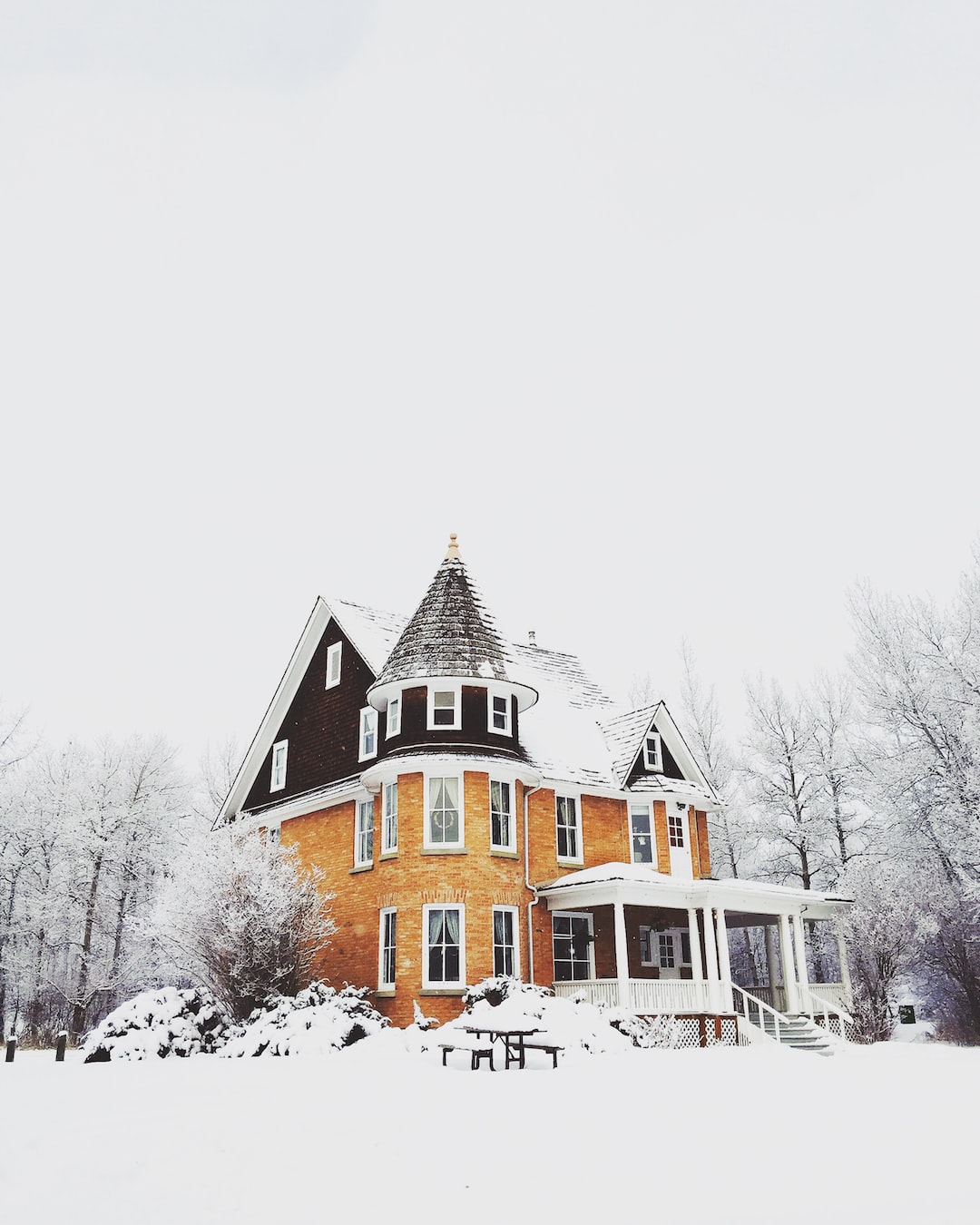
A historic building in Lviv, Ukraine, that once housed printing presses and now serves as a cultural center.
What to see or do: Visitors can explore the museum that showcases the history of printing and typesetting in Lviv, featuring vintage printing equipment and exhibits on the works of prominent local publishers.
There are also regular art exhibitions, book presentations, and cultural events held in the House of the Press.
Don’t miss: The restored wooden staircase, intricate ceiling carvings, and historic printing presses on display in the museum. Also, check out the impressive mural on the building’s facade, which depicts the development of printing technology.
Insider travel tips: If you’re in Lviv in September, don’t miss the annual Publishers’ Forum, which takes place at the House of the Press.
Also, be sure to bring cash with you, as the museum’s ticket office doesn’t accept credit or debit cards.
28. The National Opera and Ballet Theatre of Moldova
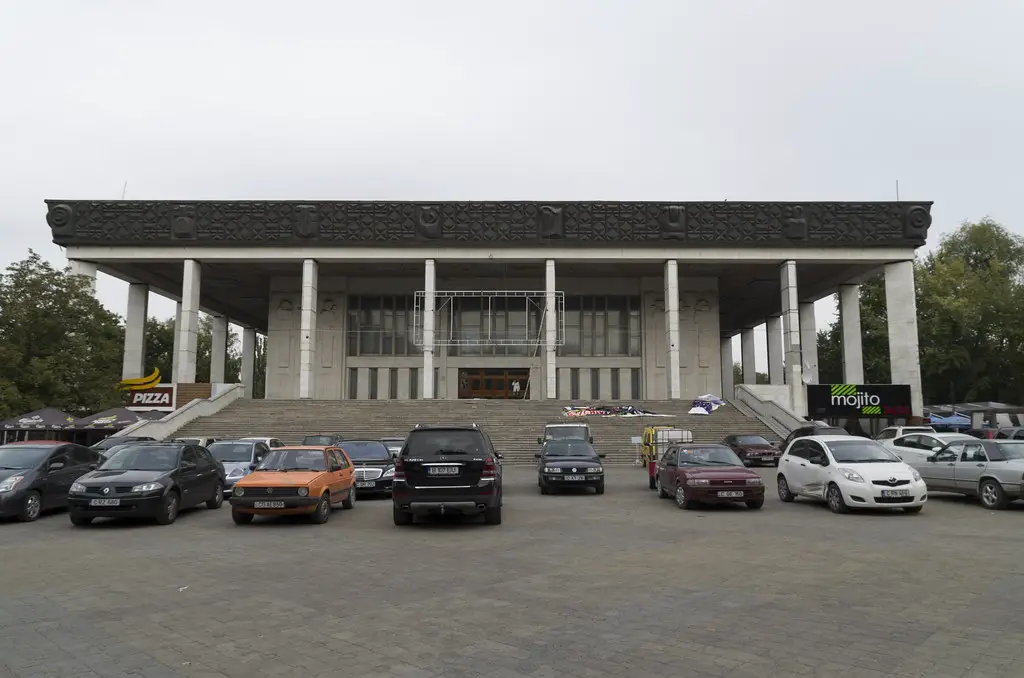
The National Opera and Ballet Theatre of Moldova is a cultural institution that offers a diverse range of performances including operas, ballets and concerts.
What to see or do: Attend a performance of a classic opera such as La Traviata or Carmen, or a ballet such as Swan Lake or The Nutcracker.
The theatre also hosts concerts featuring classical music, national music, and pop music.
Don’t miss: The interior design of the theatre is impressive – make sure you take some time to admire the ornate details of the building’s architecture.
Insider travel tips: Book tickets well in advance, especially if you’re planning on attending a popular performance. Dress appropriately for the occasion as this is a prestigious venue and most patrons will be dressed in formal wear.
29. The Faleza (The promenade along the Nistru River)
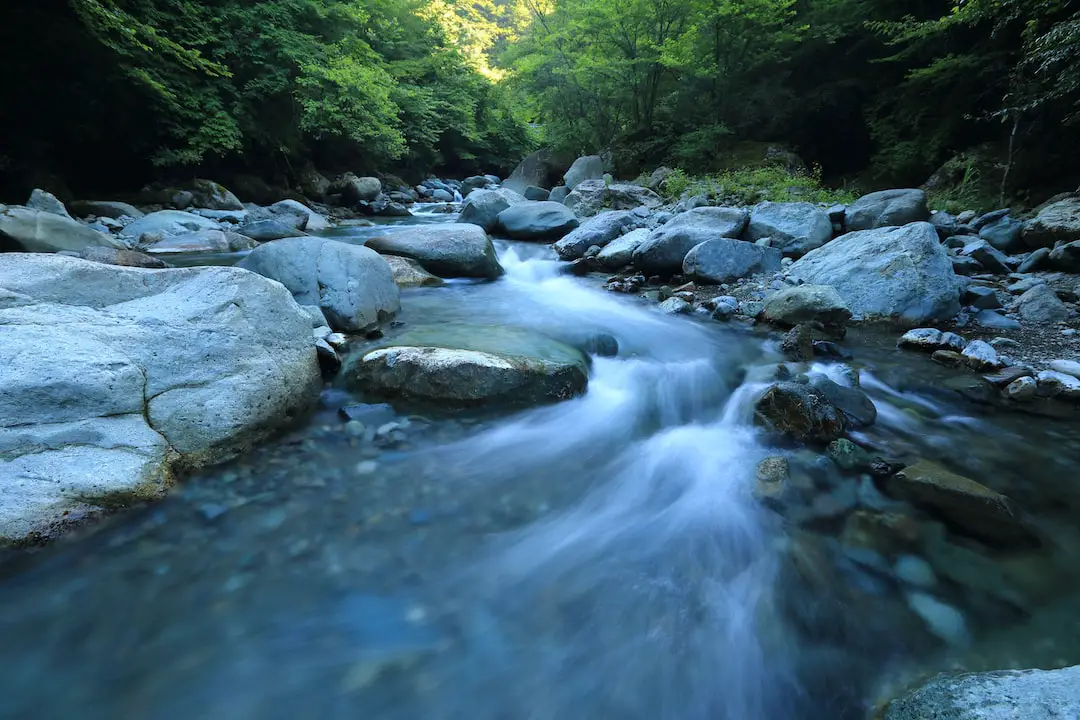
The Faleza is a promenade located along the Nistru River in Moldova.
What to see or do: Take a walk along the Faleza and enjoy the beautiful views of the river. You can also see several sculptures along the promenade, such as the Monument to Stephen the Great.
Don’t miss: Be sure to catch the sunset from the Faleza, as it offers stunning views over the river.
Insider travel tips: Visit during summer for the best experience, as the promenade is livelier with people enjoying the warm weather. Additionally, the nearby restaurants offer some excellent Moldovan cuisine.
30. The Central Market Hall
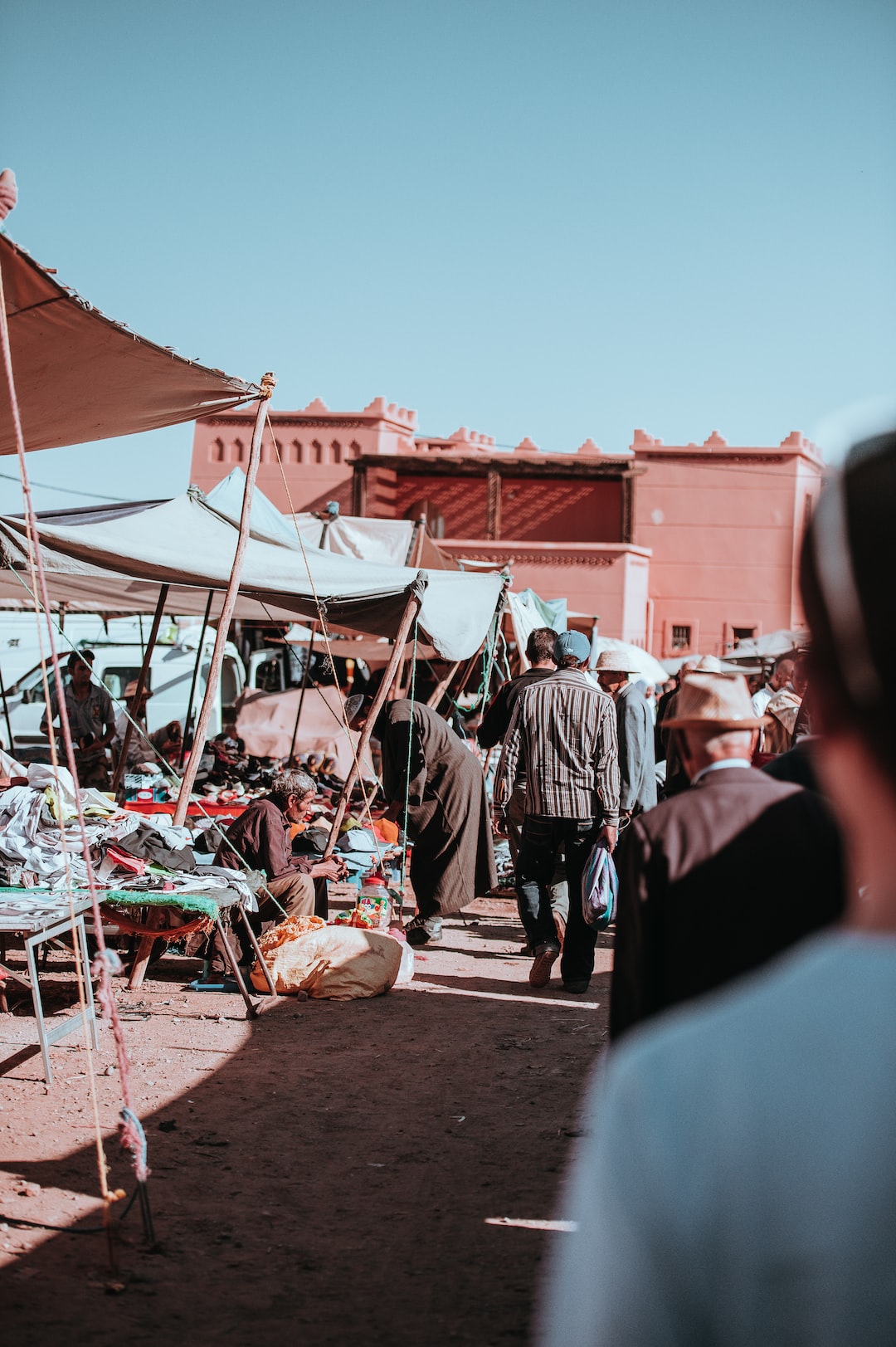
The Central Market Hall, also known as the Great Market Hall, is a three-story indoor market in Budapest, Hungary. It was built in 1897 and is the largest and oldest indoor market in Budapest.
What to see or do: Visitors can wander through the market and enjoy the vibrant atmosphere while checking out a wide range of traditional Hungarian foods such as kolbász (sausage), lángos (fried dough), and chimney cake.
Don’t miss: Don’t miss out on trying traditional Hungarian dishes such as the goulash soup or the lángos. The beautiful exterior of the market hall is also a must-see.
Insider travel tips: Weekend mornings tend to be very crowded, so arrive early to avoid long lines and crowds. It’s also recommended to bring cash as some vendors may not accept credit cards.